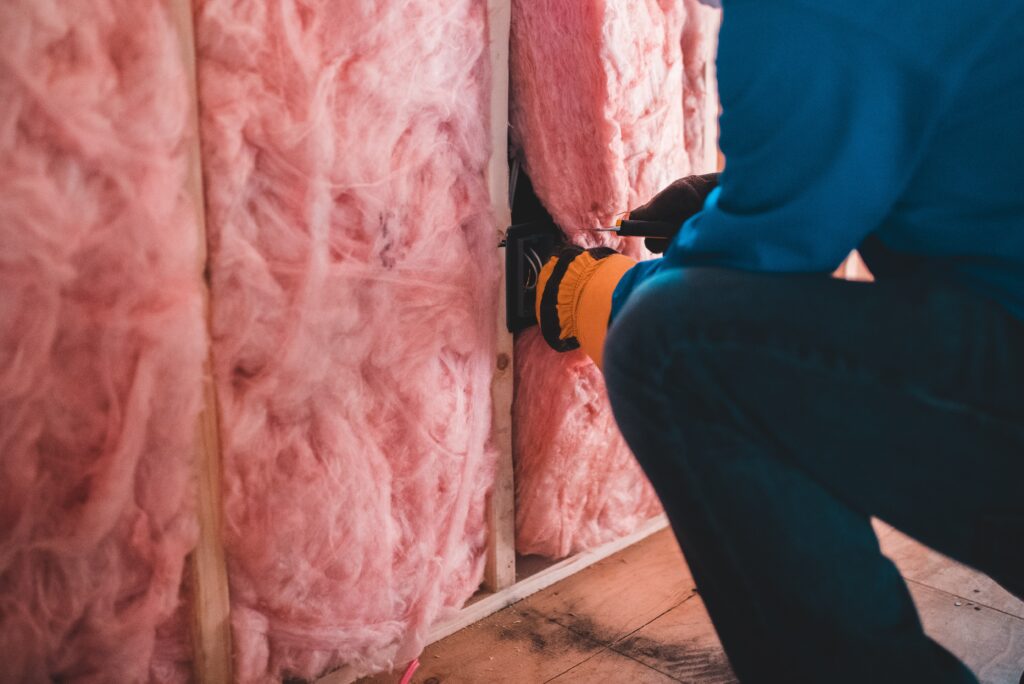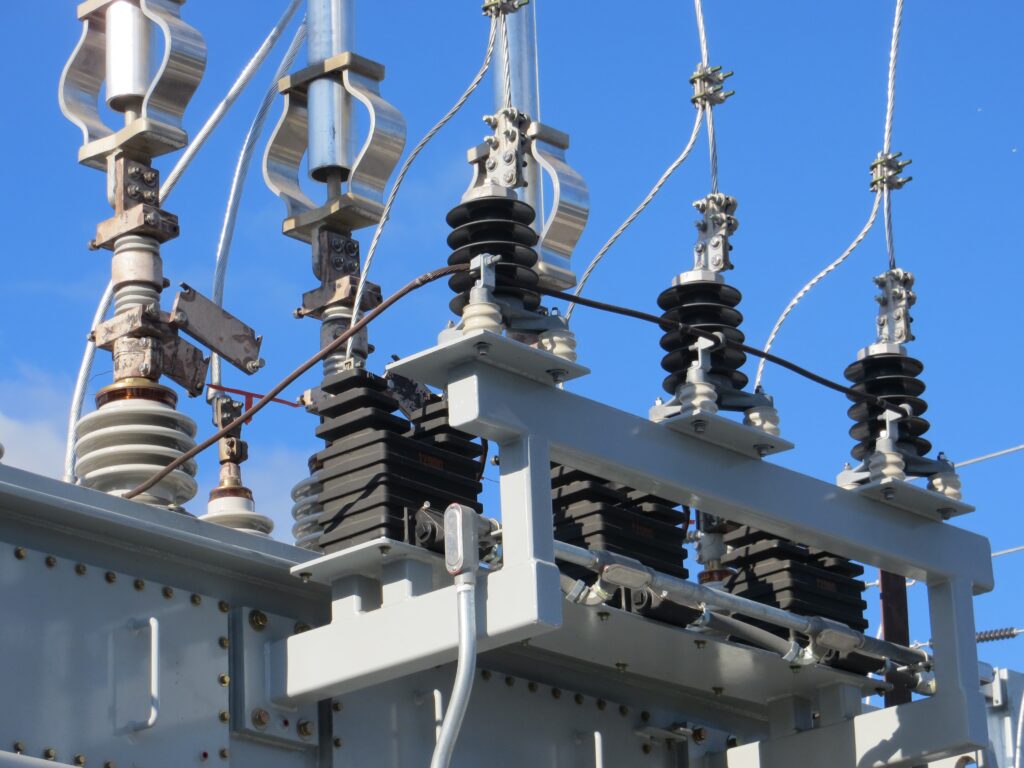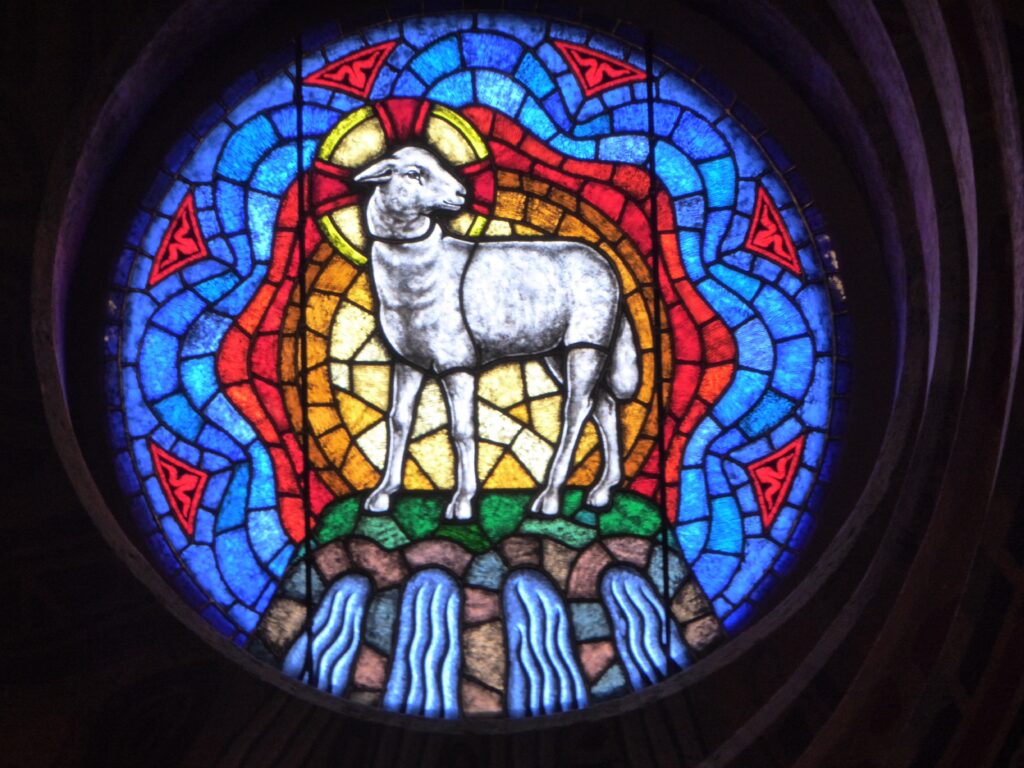The verb “insulate” is derived from the late Latin word, “insulatus” which means to be an island. It denotes being separate from something, with having a space between two things. It can also mean having material that prevents forces or energies from moving from one place to another. Some materials, like Polar Fleece, prevent cold from getting close to our bodies. In scientific terms, to insulate is to protect something from other forces. We are insulated from electric shocks by insulators.
These materials or spaces work because some materials or elements do not conduct energy well. Air itself is a reasonable insulator. Other materials have been discovered to be poor conductors of energy and have become popular means of limiting the transfer of energy from one place to another. By using these scientific principles wisely, we can reduce the amount of energy we expend to heat or cool our buildings. By doing that, we can reduce our carbon footprint, reduce our energy bills, and still maintain comfort for those who use our buildings.
Photo by Erik Mclean on Unsplash
Insulation is typically talked about in terms of “R” values. The “R” stands for resistance. The resistance is to increases or decreases in temperature inside the building or space relative to the temperature outside. The larger the value of the “R,” the longer it will take to equalize the temperature between the inside and the outside. So, insulation of R-30 will keep the inside temperature ten times longer than R-20 insulation. Most building codes now dictate certain minimums for insulation in buildings. But older buildings seldom meet current codes for insulation because they were built when energy was cheap, and people were less concerned about creation care.
The cost differential is significant. Proper levels of insulation can cut energy bills in half. Because heat rises, ceiling insulation is critical in cold weather climates. Windows also lose heat, especially if there are gaps in the window frames or if there is poor caulking around the panes. Over time, buildings can settle, and cracks can occur that will, if unaddressed, leak heat to the outside. Basements can also be areas of significant heat loss.
The true value of insulation as a means of caring for the environment while saving money is that insulation is a passive energy savings concept. Insulation has no moving parts. It requires no additional energy to perform its tasks. Once installed and paid for, it simply and quietly saves money all the time. It is silent and unobtrusive.
Photo by American Public Power Association on Unsplash
Many local energy companies will do an “energy audit.” It will provide a congregation with clear information about the level of existing insulation in the buildings. An audit can check to see where energy is being lost in the building and often can identify leaks not visible to the eye. The principal heating/cooling system can be evaluated and balanced to provide the proper combination of outside fresh air and recycled heated air. Given the challenges of COVID-19, some of the standard percentages of fresh sir and recycled warm air may need to be adjusted. A building that is tight always needs some fresh air but a building that is loose wastes much energy.
Single pane windows lose more energy than double-pane or insulated windows. This is a particular challenge for churches with stained-glass windows. Care should be taken not to create an insulated space between the stained-glass window and the outside as thermal heating and cooling in that insulated space will weaken the stained-glass over time. It is better to save energy elsewhere in the building. Windows can be replaced over the space of months or years, one at a time, if necessary. Skylights also present problems as they are prone to water leakage but also can be areas of energy loss.
Photo by Steve Sharp on Unsplash
Additionally, insulating outside faucets or exposed water lines can save a great deal of money and prevent damage. Insulating all hot water lines also saves energy and decreases the amount of water used while waiting for the hot water to arrive.
Finally, insulation in internal walls reduces sound pollution and increases privacy for those inside the building.
Engaging in an energy audit, doing a regular building “walk-through,” and knowing what the current insulation levels of church buildings are all common ways that all churches can care for creation and save money at the same time. It is stewardship in its best sense.




